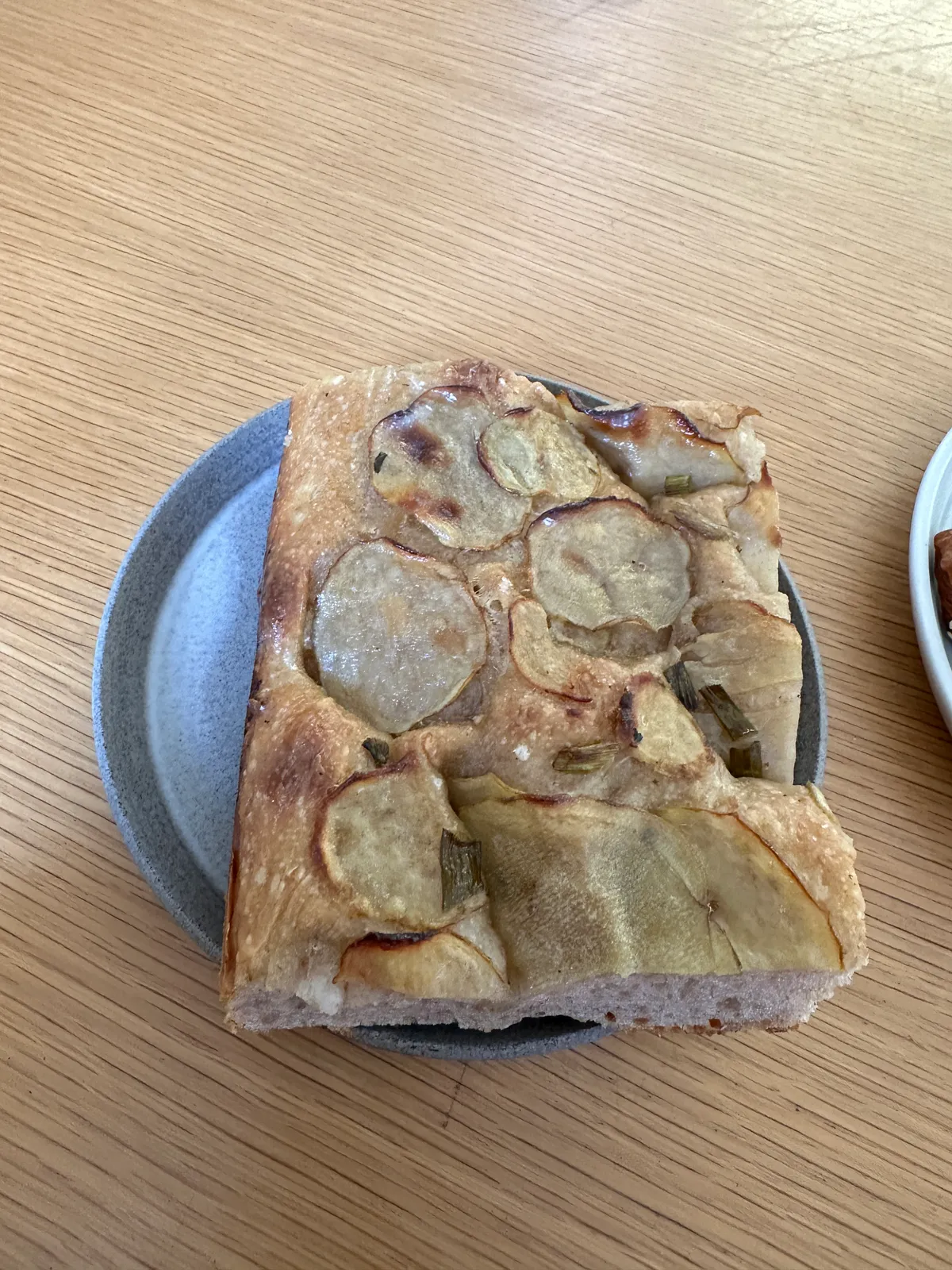This chewy, oily flatbread is quite versatile, and can be topped with a range of ingredients such as coarse sea salt, olive oil, herbs, tomatoes, or olives. Historians tend to believe it was invented either by the Etruscans or in ancient Greece, although unleavened flatbreads have long been made throughout the Middle East. The name focaccia is derived from the Roman panis focacius, meaning “hearth bread”, referring to the fact that focaccia was traditionally baked in coals in Roman times. The basic recipe spread to France and Spain over time, where the bread is known as fouaisse and hogaza, respectively. Foccacia’s pockmarked appearance results from indentations made in the dough to prevent large bubbles from appearing on its surface during baking. Today, savory versions of focaccia are topped with rosemary, sage, garlic, cheese, and onions, while sweet varieties can be topped with honey, raisins, sugar, and lemon peel, among others.
Meilleurs endroits pour Focaccia
Vous cherchez du Focaccia incroyable ? Ces endroits sont notés par des personnes qui s'y connaissent !
Fans de Focaccia
Découvrez qui connaît bien Focaccia ! Nos gourmets sont classés selon le nombre de fois qu'ils l'ont essayé et ce qu'ils en ont pensé.

Rejoignez la Révolution Culinaire
Explorer Plus
Découvrez de nouvelles expériences culinaires
